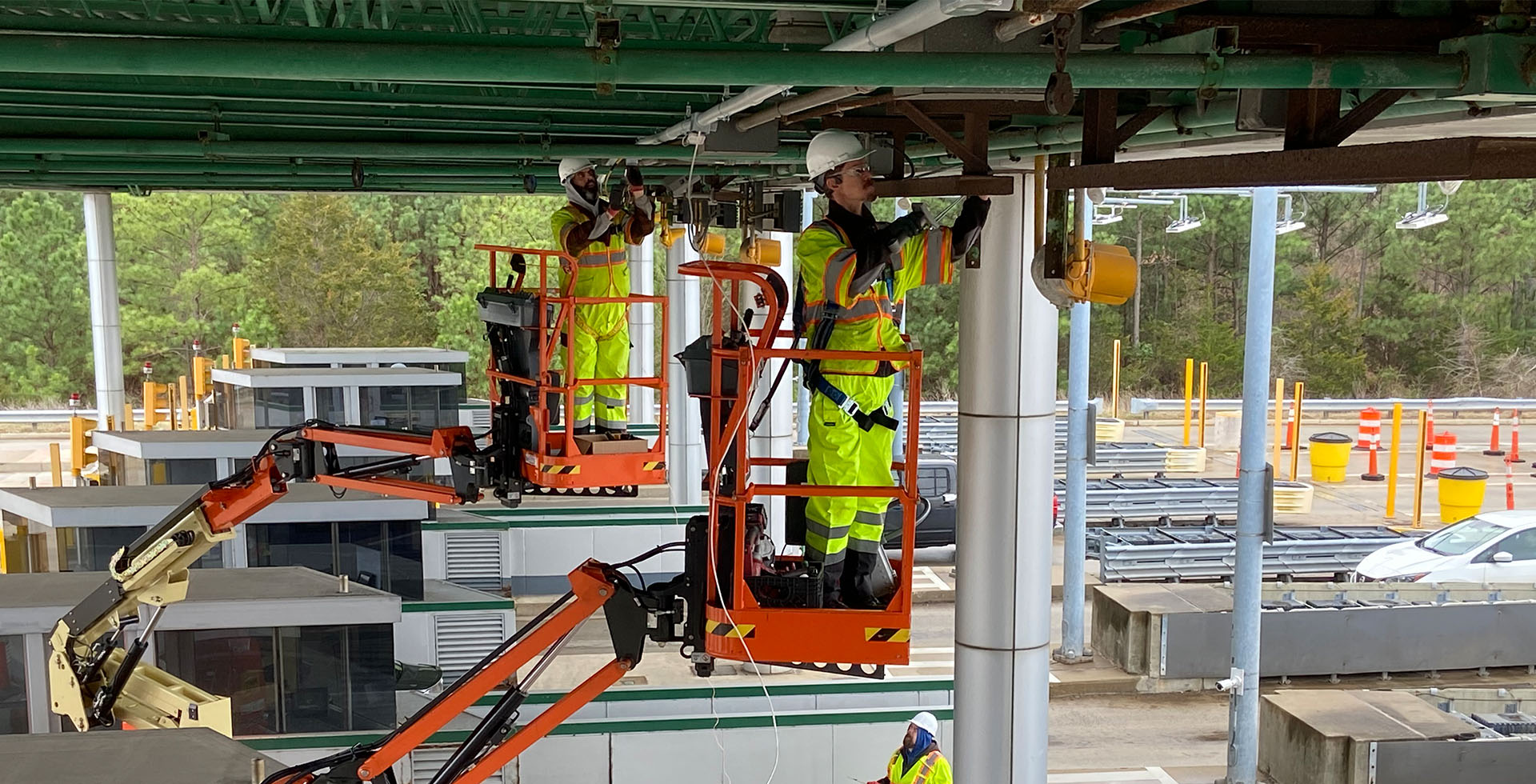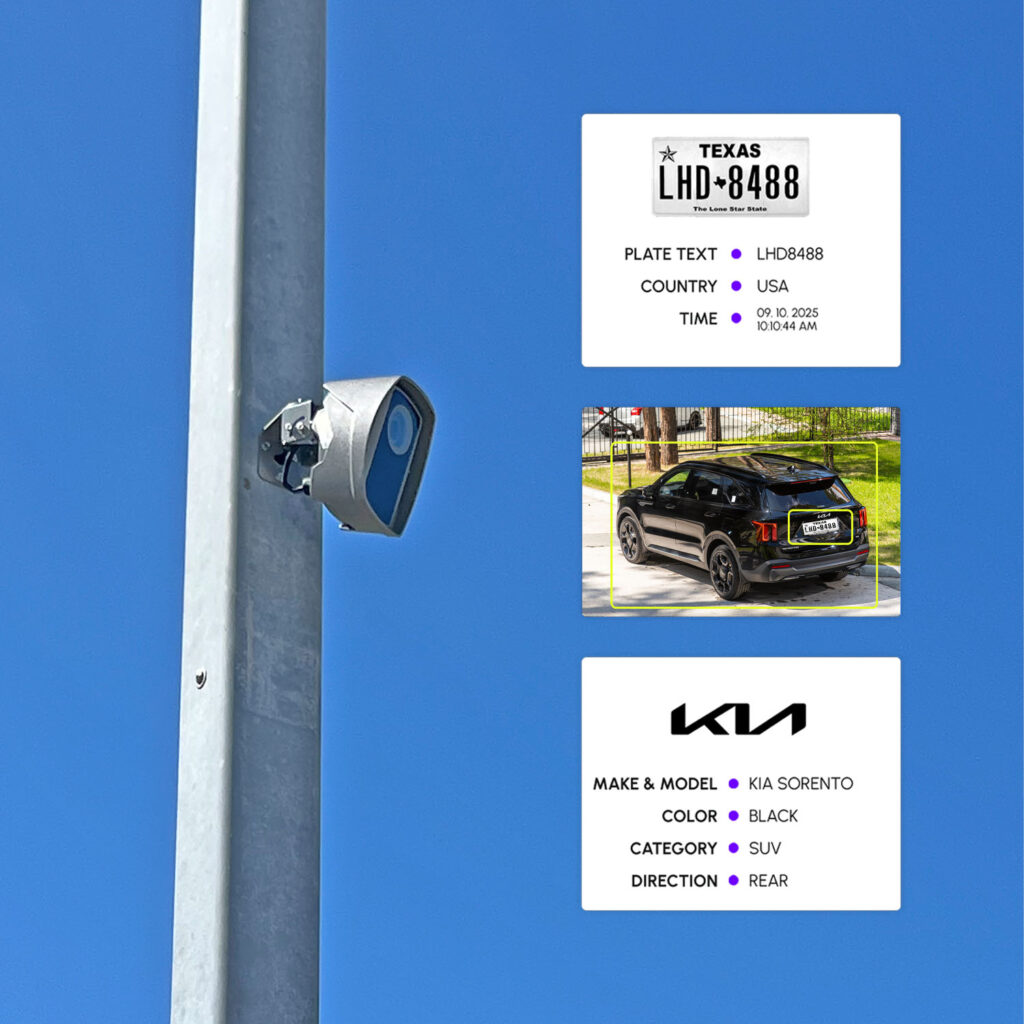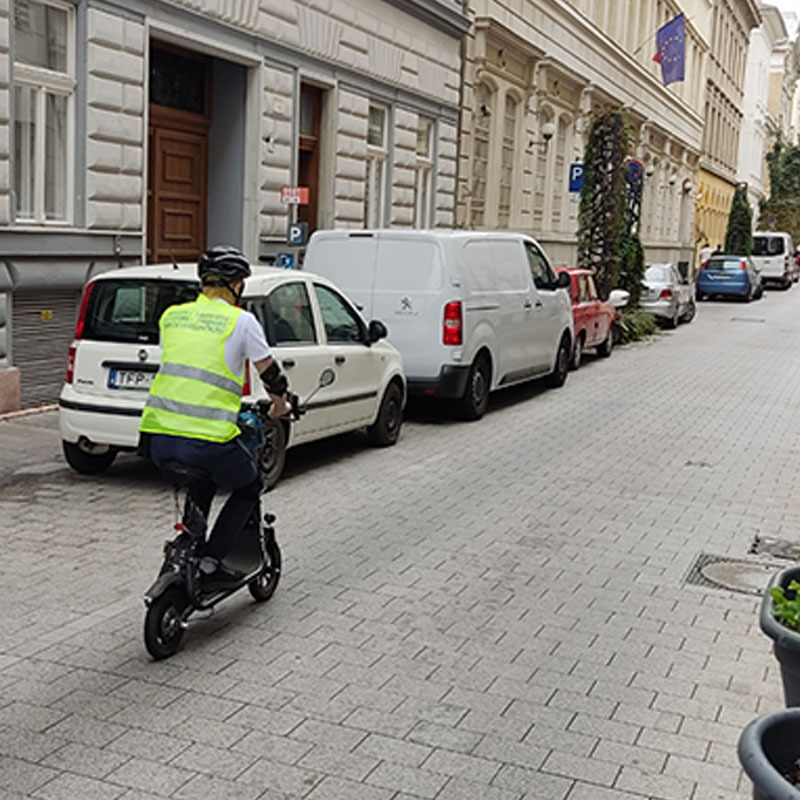Background
Since its inception in the mid-90s, the Dulles Greenway has served as a crucial transportation link connecting Washington DC, Dulles Airport (IAD), and the western suburbs of Virginia, Maryland, and West Virginia. Over the years, suburban growth along the Greenway corridor in Loudoun County has led to a significant increase in traffic volume, peaking in 2020 with an average daily ridership exceeding 50,000 trips.
The Challenges
The Greenway faced several challenges with its legacy toll violation processing system:
- Increased Volume: With plans to permanently lift toll gates for enhanced traffic speed and safety, the Greenway needed a solution to handle a surge in violations.
- Image Quality: The existing off-the-shelf IP camera system struggled to capture clear images, especially given the varying vehicle speeds and challenging lighting conditions.
- Image Triggering: Lack of synchronization with tolling equipment and no vehicle sensing capability necessitated manual video reviews for each violation event.
- Reliability: Unpredictable violation volume and human fatigue led to delays in processing and missed collections.
- Accuracy: Human errors, image quality issues, and the high-profile nature of the client heightened the need for precise toll violation notices.
- Efficiency: The manual process of reviewing recorded video for plate information was labor-intensive, error-prone, and lagged in processing time.

The Solution
In spring 2023, ExTol Technologies installed 23 Vidar Smart LPR cameras at the main toll facility and five remote plazas with high violations. The installation and configuration were completed within a month, and custom software integrated the cameras into a system that cross-references violation reports with available photos and LPR data to identify violators.
Adaptive Recognition Technology
The Vidar camera’s primary objective was to ensure excellent image quality under various conditions. It employs a global shutter to capture clear, motion-blur-free full-frame images, even at highway speeds. The dual camera model allowed two independently configurable image sensors to handle diverse lighting situations. This included capturing paper temporary tags at night, illuminated in IR black and white.
Image triggering was addressed using the Vidar camera’s integrated laser trigger, crucial for capturing rear vehicle images simultaneously with plate info and toll payment indicator lights.
The onboard Carmen® license plate recognition software provided real-time, accurate results, eliminating a two-month backlog of manual video reviews. False-positive logic and confidence scores filtered results, and post-processing workflows significantly increased accuracy, reducing the need for human reviews.

Feedback From The Customer
“Adaptive Recognition distinguishes itself from competitors as a comprehensive and reliable manufacturer offering various software and hardware components, reducing overall costs and ensuring streamlined support while upholding top-notch quality and efficiency.”
Their cameras come equipped with advanced features such as API connectivity for programmable event triggers, built-in plate finder software, dual camera lenses with optimized and customizable settings, and onboard encrypted storage. Easy to install and featuring self-calibration capabilities, these cameras exemplify excellence.
The onboard software, including the false-positive optimized confidence scoring engine, is of world-class quality. Competitive pricing reflects the product’s quality, and Adaptive Recognition’s exceptional customer service further solidifies its position as a valuable and responsive partner for our toll violation collection system.






